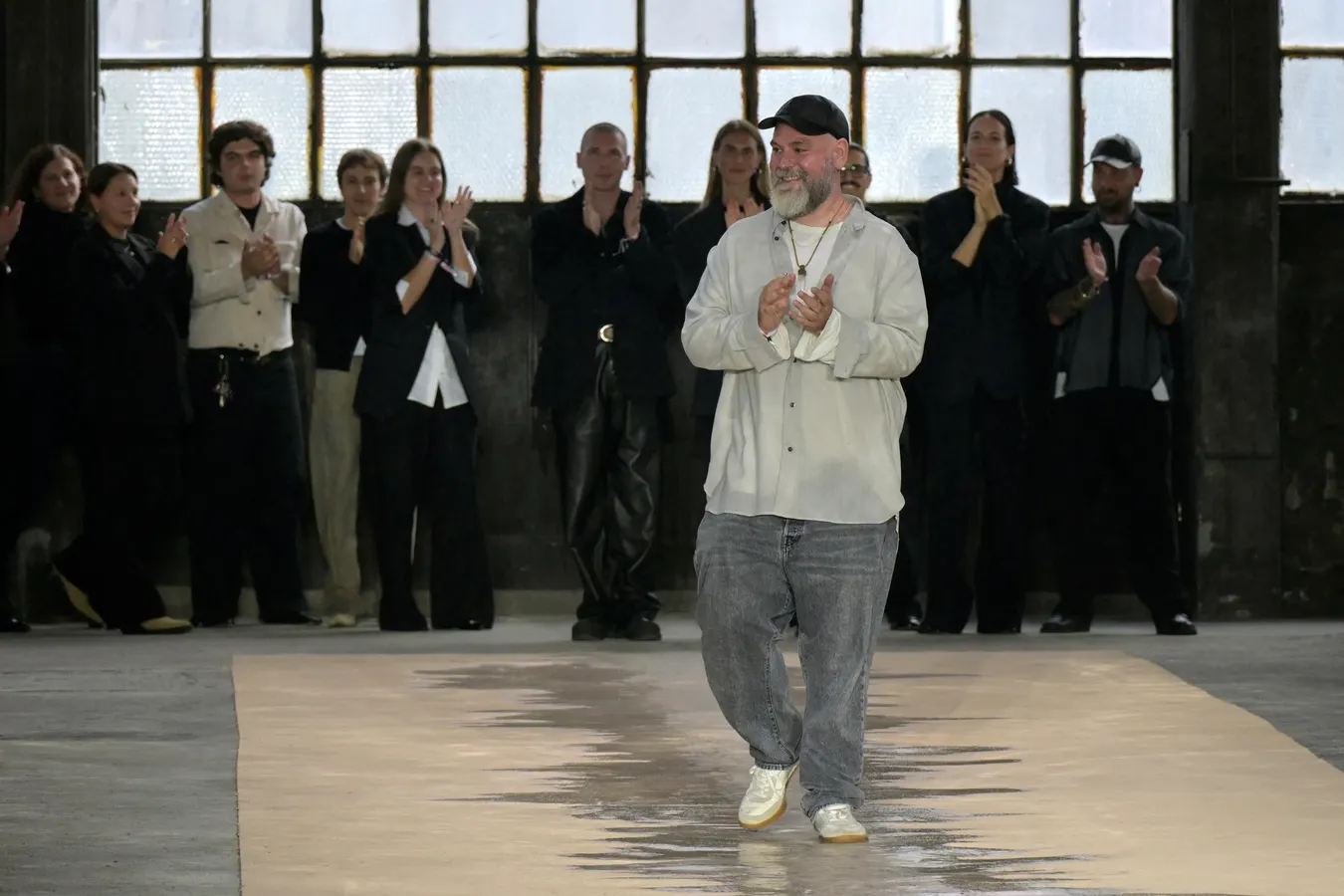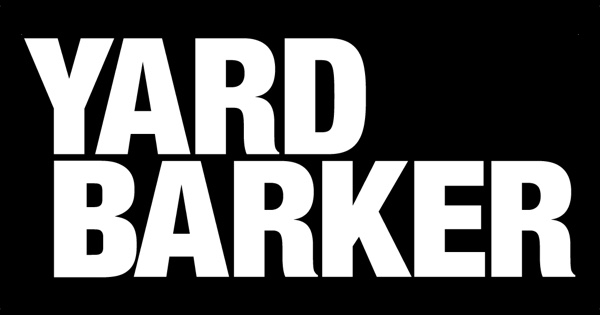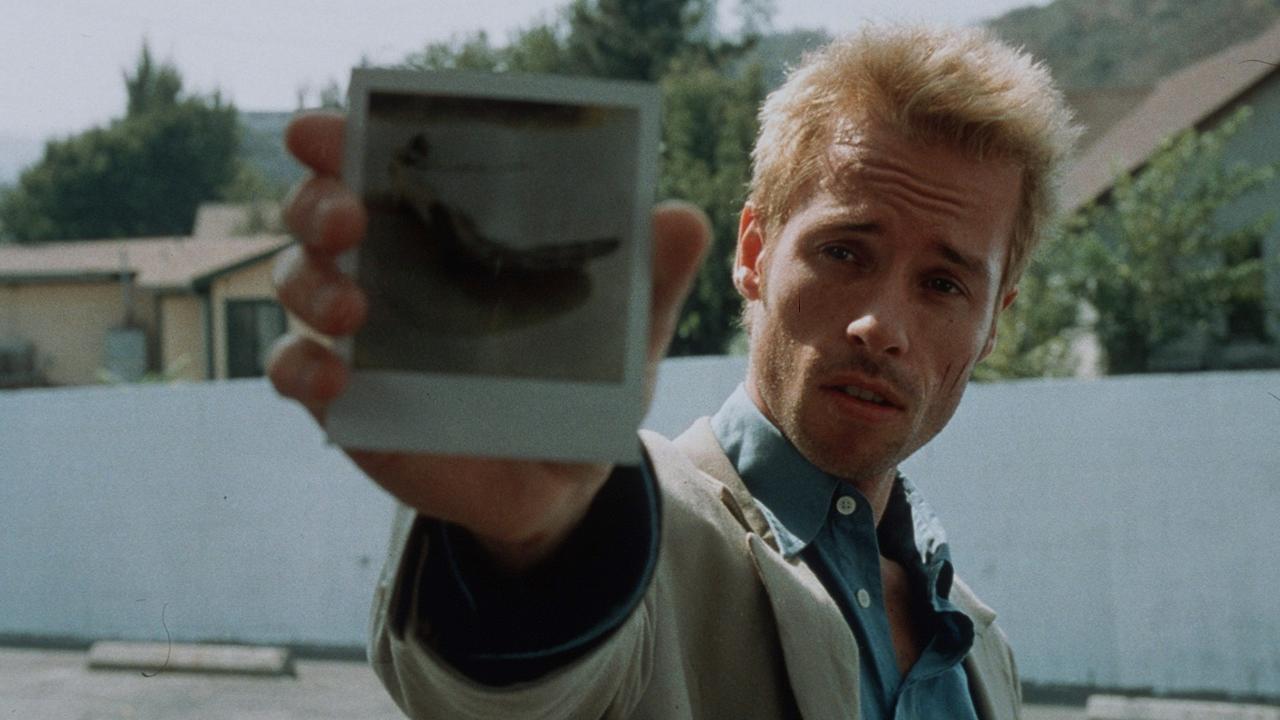By Contributor,Jeetendr Sehdev,Stefano Rellandini
Copyright forbes

Designer Marco Falcioni greets the audience at the end of the Boss collection show at Milan’s Fashion Week Womenswear Spring / Summer 2026, on September 25, 2025 in Milan. (Photo by Stefano RELLANDINI / AFP) (Photo by STEFANO RELLANDINI/AFP via Getty Images)
AFP via Getty Images
If Milan Fashion Week proved anything, it’s this: the creative director of Boss, Marco Falcioni, has emerged as one of the industry’s most visionary leaders.
While most fashion houses are gasping for air, Boss is breathing fire.
Amidst softening demand, I’ve watched brand Boss, under Falcioni’s creative leadership, climb from strength to strength. In 2024, Hugo Boss hit record sales of $4.63 billion, topping its previous record of $4.52 billion. And this year, in one of the toughest markets yet, Boss still held its own.
That’s not brand survival. That’s brand dominance.
And amidst all the celebration of hype at Fashion Week, the Harvard MBA in me can’t help but see that buzz without buyers is like coffee without caffeine — it looks the part, but won’t keep you awake through yet another after party.
So how exactly is Falcioni doing it?
No Identity Crisis
Models walk the runway during the Boss collection show at Milan’s Fashion Week Womenswear Spring / Summer 2026, on September 25, 2025 in Milan. (Photo by Stefano RELLANDINI / AFP) (Photo by STEFANO RELLANDINI/AFP via Getty Images)
AFP via Getty Images
MORE FOR YOU
Too many iconic fashion brands have lost their way. In their best attempts at resuscitation, one season it’s quiet luxury, the next nostalgia-core, then suddenly all that glitters.
But while most brands don’t know who they are, Marco Falcioni has stripped Boss down to one clear promise: modern power.
You wanna be your own boss? Buy Boss. Falcioni makes that brand promise unmissable.
MILAN, ITALY – SEPTEMBER 25: Anok Yai walks the runway at the Boss fashion show during the Milan Womenswear Spring/Summer 2026 on September 25, 2025 in Milan, Italy. (Photo by Victor Boyko/WireImage)
Boss’s Milan Fashion Week Spring/Summer 2026 extravaganza, titled Paradox, was case in point — part art, part fashion show, all eyes-on-the-prize.
In fact, the brand knows itself so well that at Milan Fashion Week, Boss seamlessly leveraged complex themes of contrast — the architectural precision of German industrial design fused with fluidity from contemporary dance and art — and still, the brand identity remained front and center. Its promise crystal clear.
And given research shows how brand clarity can boost revenue by 23% and consistent identities outperform peers in EBIT growth by 20%, I’d say that’s how well we all need to know ourselves too.
The Attention Deficit
MILAN, ITALY – SEPTEMBER 25: (L to R) Ishaan Khattar, HUGO BOSS CEO Daniel Grieder, David Beckham and Jana Ina sit in the Boss front row during Milan Fashion Week Womenswear Spring/Summer 2026 on September 25, 2025 in Milan, Italy. (Photo by Max Cisotti/Dave Benett/Getty Images)
Max Cisotti/Dave Benett/Getty Images
Fashion Week is addicted to publicity stunts — not to mention petty front-row elbowing — but the truth of the matter is that attention without authority is worthless, especially today among a highly savvy audience.
Falcioni understands this all too well.
At Fonderia Macchi, the Boss runway itself became alive. Dutch artist Boris Acket reimagined one of his most iconic works, Aesthetics of Decay, for the Boss Paradox show. Foil elevated, then creased and buckled with each step, making the ground feel alive — breathing, even dancing.
TOPSHOT – A model walks the runway during the Boss collection show at Milan’s Fashion Week Womenswear Spring / Summer 2026, on September 25, 2025 in Milan. (Photo by Stefano RELLANDINI / AFP) (Photo by STEFANO RELLANDINI/AFP via Getty Images)
AFP via Getty Images
But make no mistake: in an attention-deficit economy, this was far from the usual spectacle — it was special. A genuine, authentic attention-capturing move. Inventive. Powerful. Grounding. Even peaceful. An extension of Falcioni himself, and probably one of the most personal runway shows he’s put on yet — an art lover who knows too well that true authority doesn’t beg for attention, it commands it.
Interestingly, research reveals that premium formats that hold focus are twice as predictive of sales lift as standard impressions, and attention predicts outcomes three times better than viewability.
MILAN, ITALY – SEPTEMBER 25: Paloma Elsesser walks the runway at the Boss fashion show during the Milan Womenswear Spring/Summer 2026 on September 25, 2025 in Milan, Italy. (Photo by Victor Boyko/WireImage)
I believe it.
And the Boss fashion show at Milan Fashion Week proved it: in an era of collapsing attention spans and publicity stunts, you don’t win by screaming louder or even staking your territory. You win by designing experiences so visceral, so alive, so authentic, that looking away isn’t an option.
Because we all know Fashion Week loves its territorial games — who sits where, who gets in, who gets out. But Milan reminded me: authority isn’t conferred by a chair. It’s created by a vision so strong, the room bends around you.
The Creative-Commercial Fusion
MILAN, ITALY – SEPTEMBER 25: Daniel Grieder, David Beckham and Oliver Timm attend the Boss fashion show during the Milan Womenswear Spring/Summer 2026 on September 25, 2025 in Milan, Italy. (Photo by Stefania D’Alessandro/WireImage)
Branding has long treated creativity and commerce like polarizing opposites. Sell too hard, and you cheapen the artistry. Play too arty, and you kill the cash register. It’s the paradox that has haunted the right-brained fashion and advertising marketers alike — leaving most brands stranded between a rock and a hard place.
But it doesn’t seem to me that Falcioni has ever bought into that myth. In fact, I’d say leadership at Boss proves that commerce and creativity don’t just coexist — they conspire.
MILAN, ITALY – SEPTEMBER 25: A model walks the runway during the Boss Ready to Wear Spring/Summer 2026 fashion show as part of the Milan Fashion Week on September 25, 2025 in Milan, Italy. (Photo by Victor VIRGILE/Gamma-Rapho via Getty Images)
Gamma-Rapho via Getty Images
That’s why the Boss spring 2026 collection — part of the Milan Womenswear Spring/Summer 2026 runway shows — struck me as so powerful: precise tailoring, minimalism with bite, from the culotte shorts with suspenders to pleated trousers, fluid sartorial pants, and even geometric silhouettes in silk-linen wool. Boss in every stitch. I could see myself in so many looks.
Because here’s what I’ve always believed: identity and sales don’t compete, they compound. Research proves it — ad investment drives perceived value and pricing power. But Boss proved it on the runway, with a show aptly titled Paradox.
Marco Falcioni attends the BOSS One x David Beckham fashion launch event, at Lightroom, in King’s Cross, north London. Picture date: Thursday January 30, 2025. (Photo by Jordan Pettitt/PA Images via Getty Images)
PA Images via Getty Images
The paradox wasn’t that art and commerce collided. The real paradox was that, in Falcioni’s hands, they became the same thing. That’s the kind of power most brands only dream of.
That’s what I call the Final Boss.
Named Esquire’s Influencer of the Year, Jeetendr Sehdev is a media personality and leading voice in fashion, entertainment, and influence, and author of the New York Times bestselling phenomenon The Kim Kardashian Principle: Why Shameless Sells (and How to Do It Right)
Editorial StandardsReprints & Permissions



